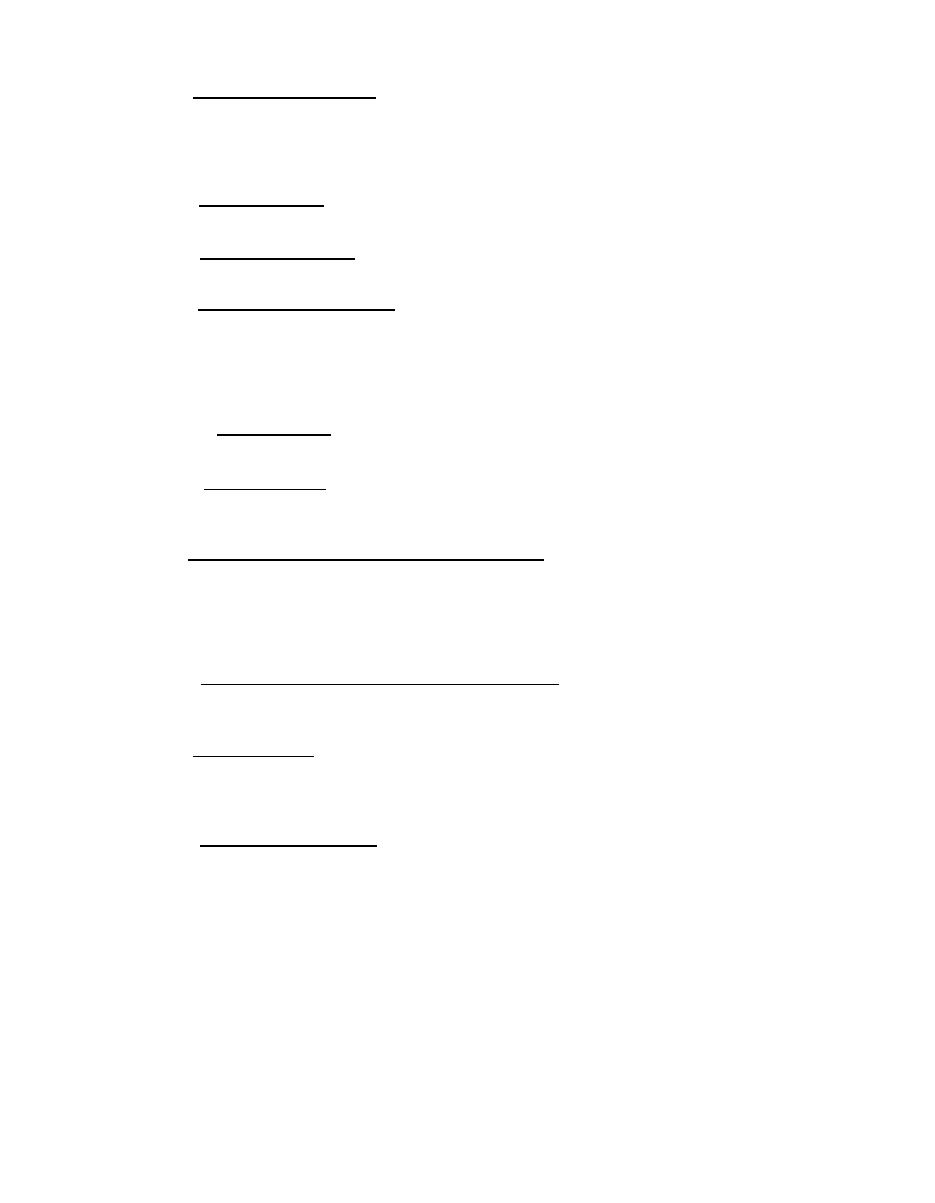

Custom Search
|
|

|
||
 MIL-HDBK-1027/3B
6.9.1
Surface Danger Zone. Requirements for surface danger zone for
rocket firing differs from other weapons in that a danger area exists to the
rear of the launcher as shown in Figure 9, Area F, of this handbook. For
danger area dimensions and design criteria for designing range for rocket
launchers, see Figure 8-1, and refer to Table 8-1, MCO P3570.1A.
6.9.2
Minimum Range. Provide minimum range (see Figure 9) from firing
point to nearest target of at least 70 m (230 ft).
6.10
Recoilless Rifles. Range design criteria are established for the
57 mm, 75 mm, 90 mm, 105 mm, and 106 mm recoilless rifles.
6.10.1
Surface Danger Zone. Requirements for Surface danger zone for
recoilless rifle firing differ from other weapons in that a danger area exists
to the rear of the recoilless rifle as shown in Figure 33, Area F. Refer to
MCO P3570.1A, Figure 9-1, for firing at quadrant elevation of 15 or more, and
Figure 9-2 for firing at quadrant elevation of less than 15, and Table 9-1 for
danger area dimensions and design criteria for recoilless rifle ranges.
6.10.2
Firing Points. For row of firing points with weapons firing
forward, place firing points at least 65.6 ft. (20 m) apart.
6.10.3
Minimum Range. Provide minimum range from firing point to nearest
target of at least 1312 ft (400 m) for weapons to 90 mm caliber, and of at
least 1804 ft (550 m) for weapons 90 mm caliber and greater.
6.11
Field Artillery Trainer (Air Pressure). The minimum radius of
surface danger zones shall be 13 yd (12 m) plus the distance necessary to
provide safety from the ricochet of projectiles, as determined by actual
examination of terrain by the local authority. For increases in air pressure,
increase the danger area. If an observation post is located close to the line
of fire, occupants must be protected by a sloping roof of suitable material.
6.12
Protection of Persons Near Firing Point. When high-explosive
ammunition with fuses not classified as bore safe is fired in cannon,
protection shall be provided against premature burst in or out of the bore.
6.12.1
Safe Distance. Provide positive protection for all personnel within
the following distances from the firing post: 200 yd (183 m) for all calibers
up to and including 3-in. (76.2 mm), and 300 yd (274 a) for all caliber8 over
3 in. (76.2 mm), up to and including 105 mm.
6.12.2
Positive Protection. Positive protection shall consist of one of
the following forms:
a) Sandbags. Provide two thicknesses of filled sandbags for all
calibers up to and including 3-in. (76.2 mm); use four thicknesses for all
caliber8 greater than 3 in. Height8 shall be sufficient to provide cover for
personnel standing erect.
96
|
 
|
|
 |
||